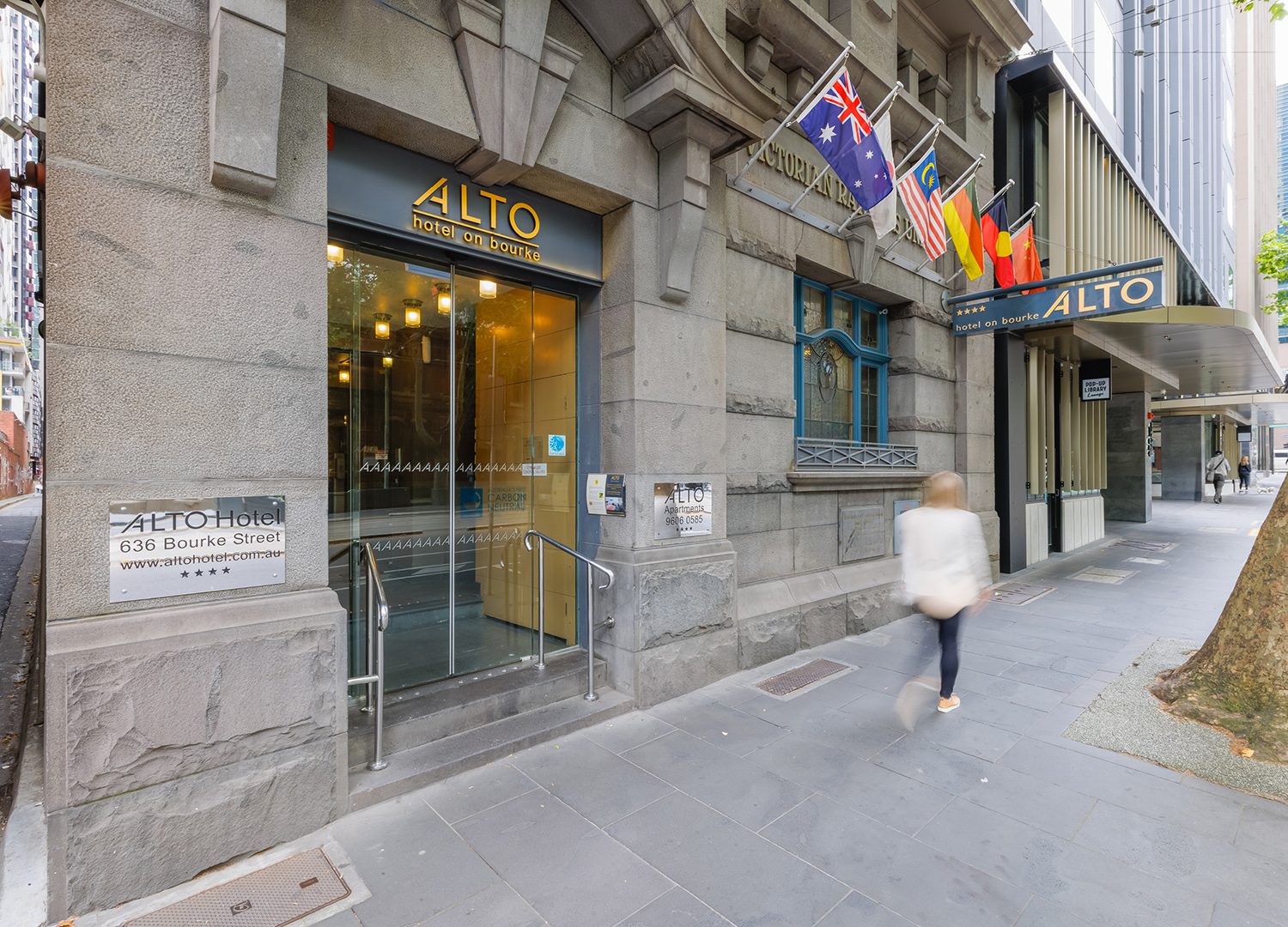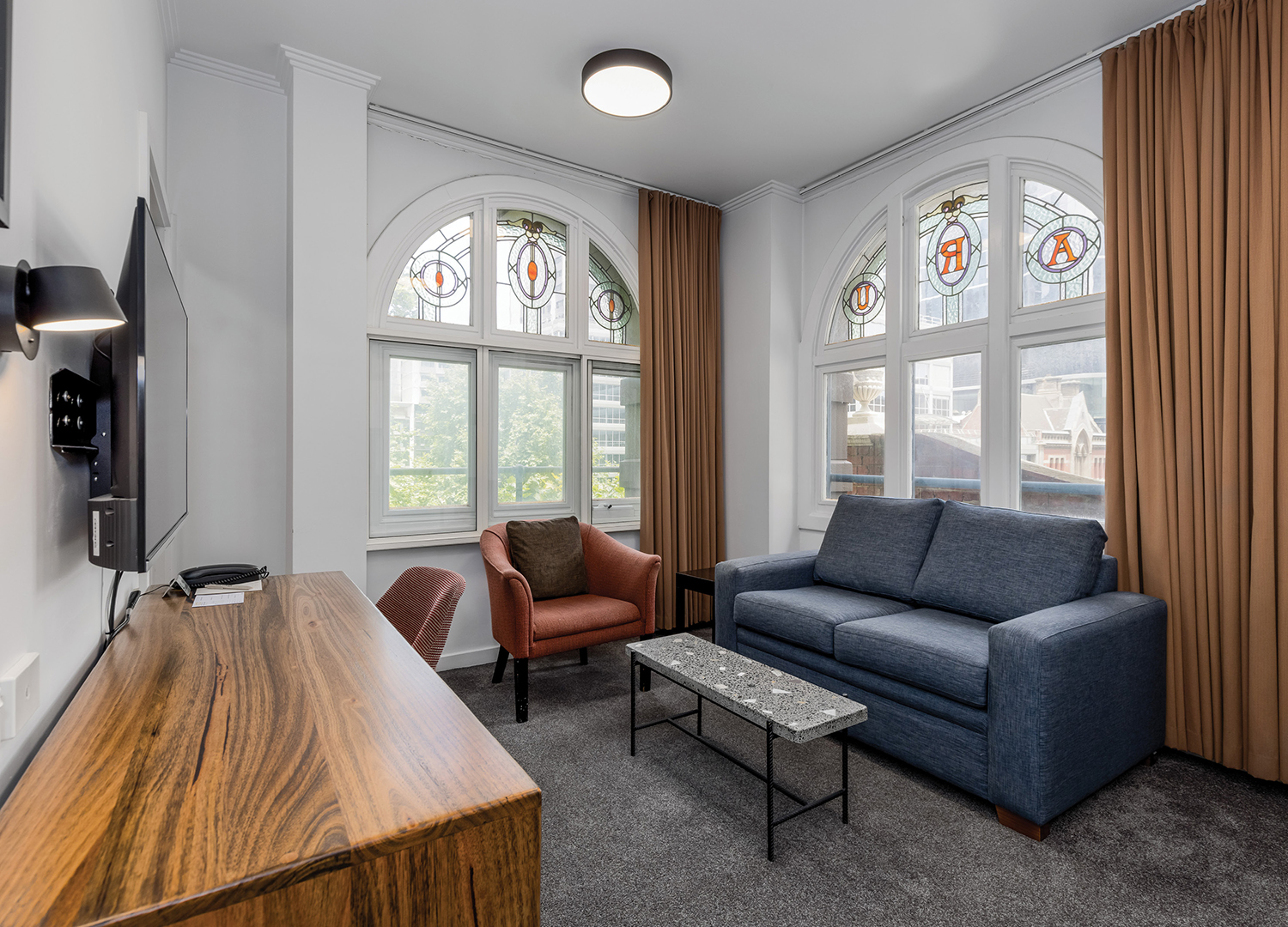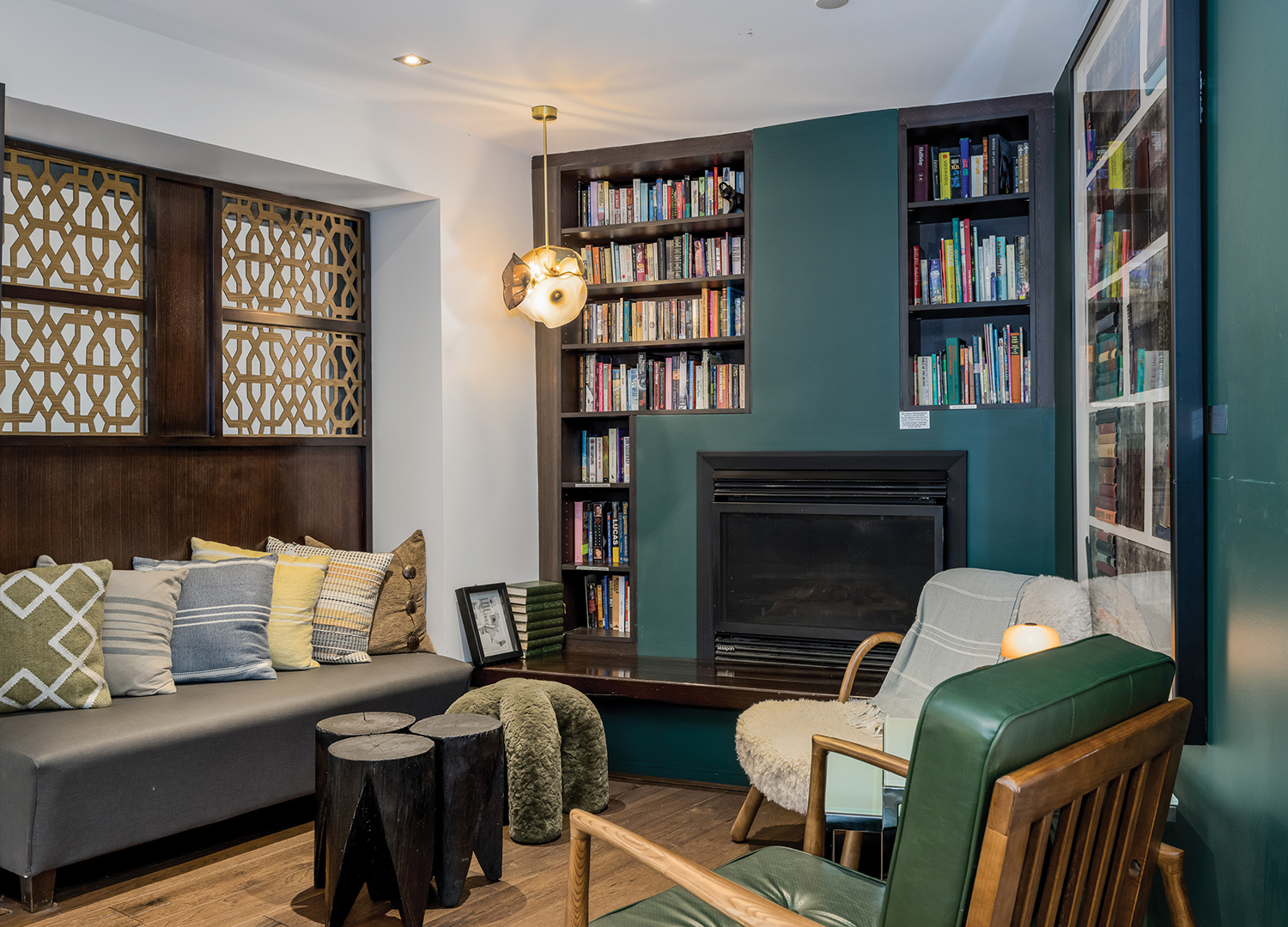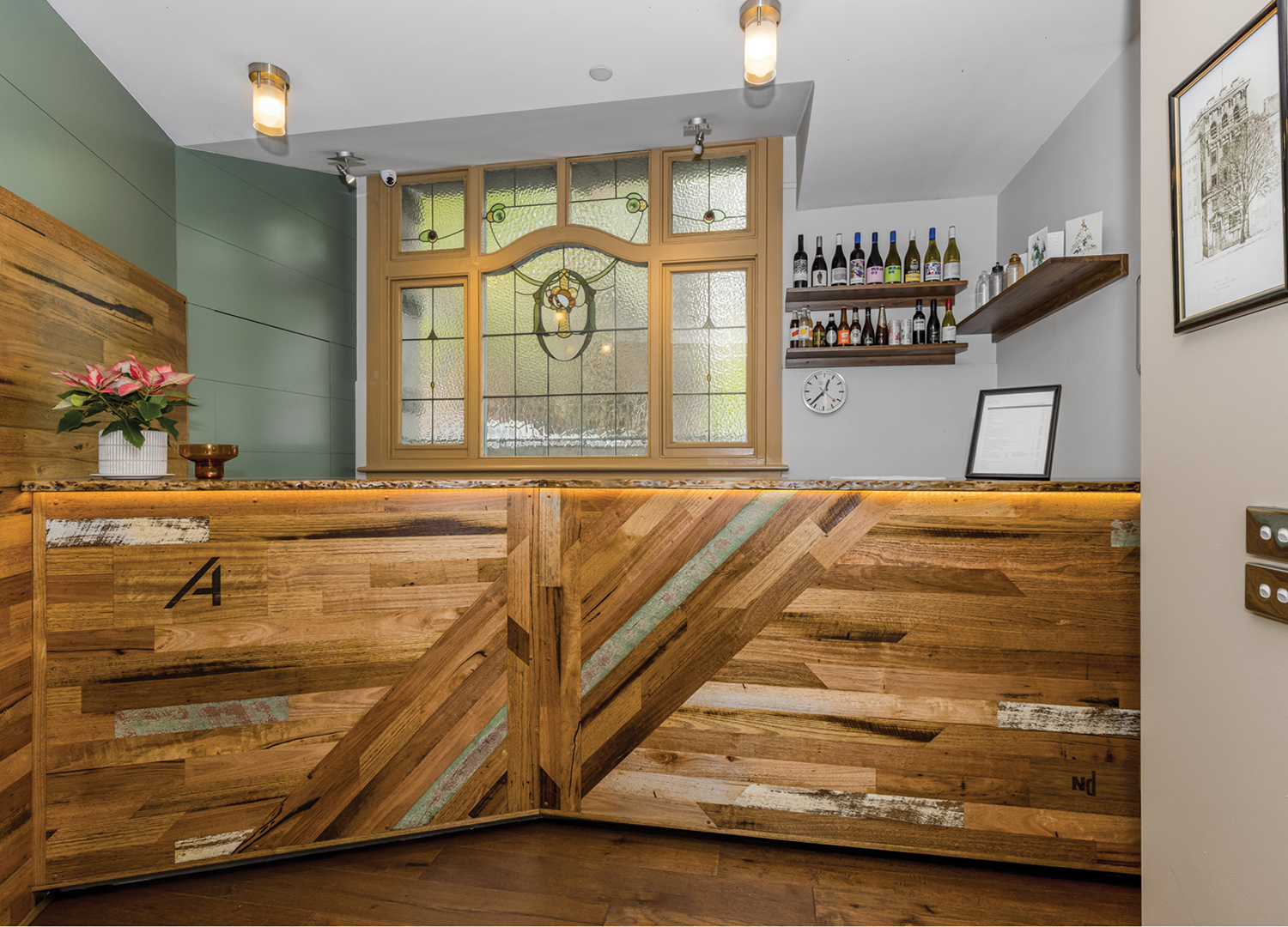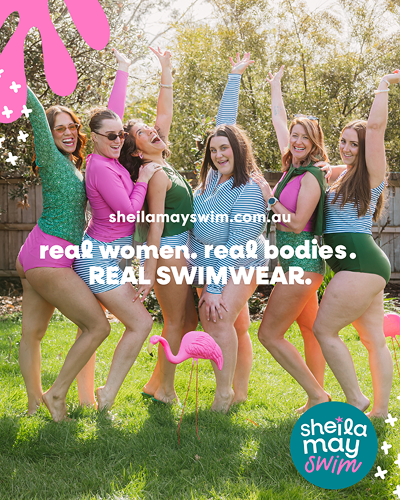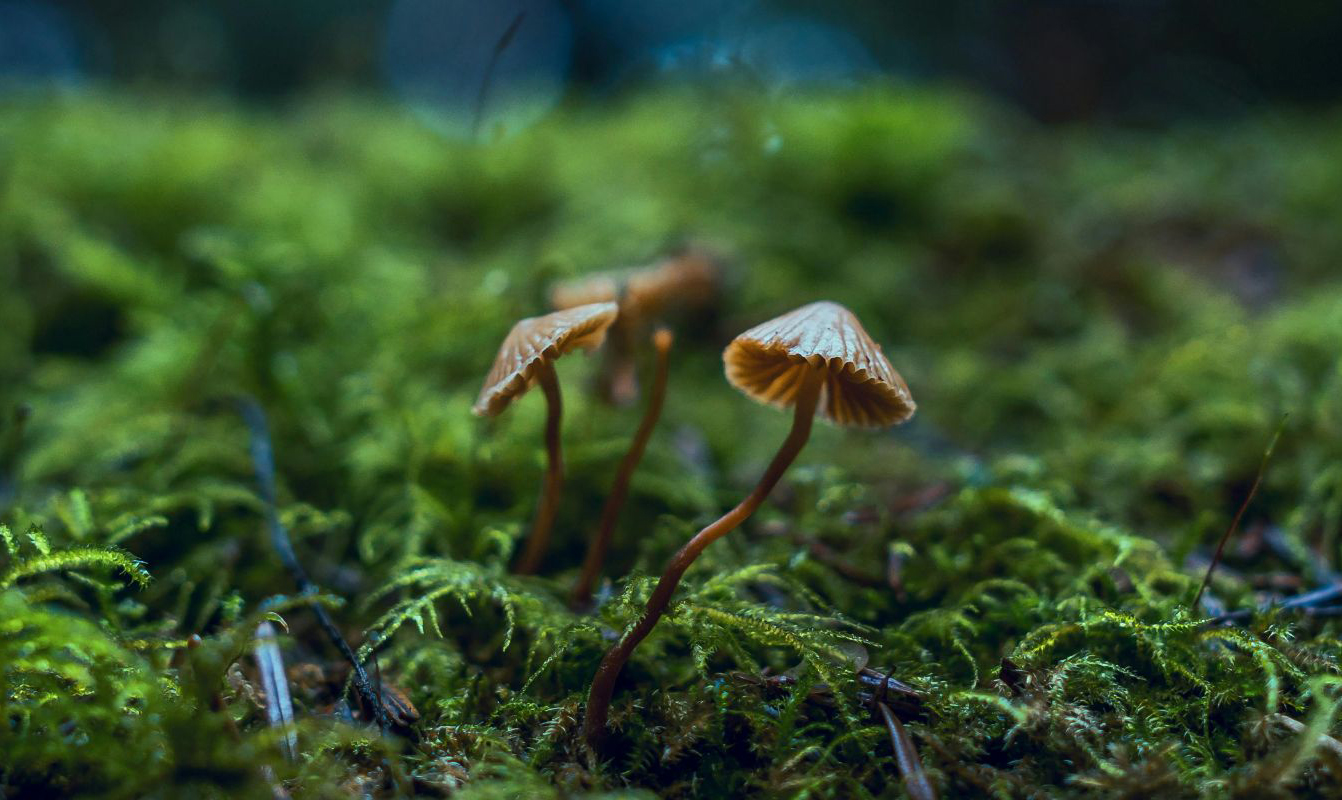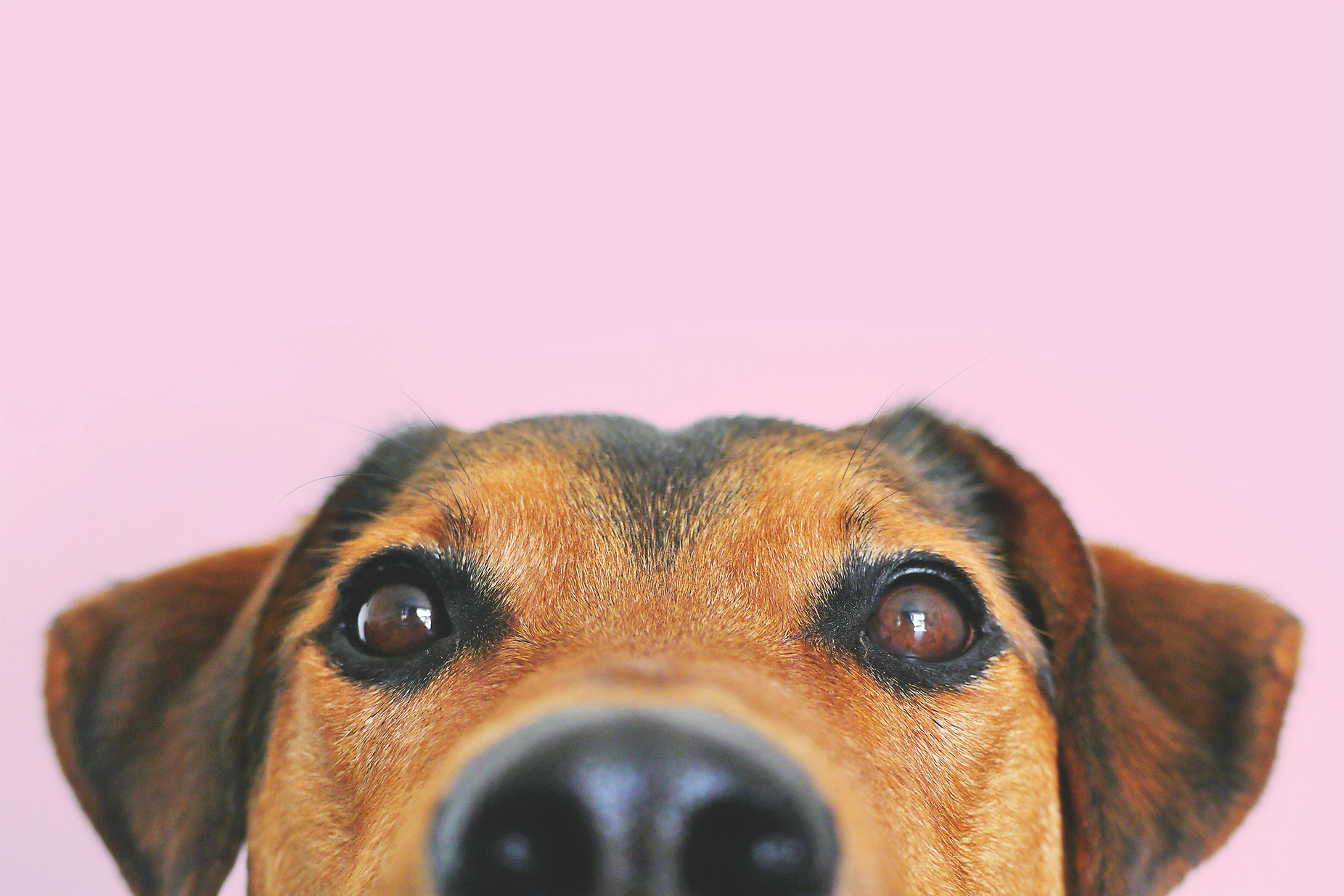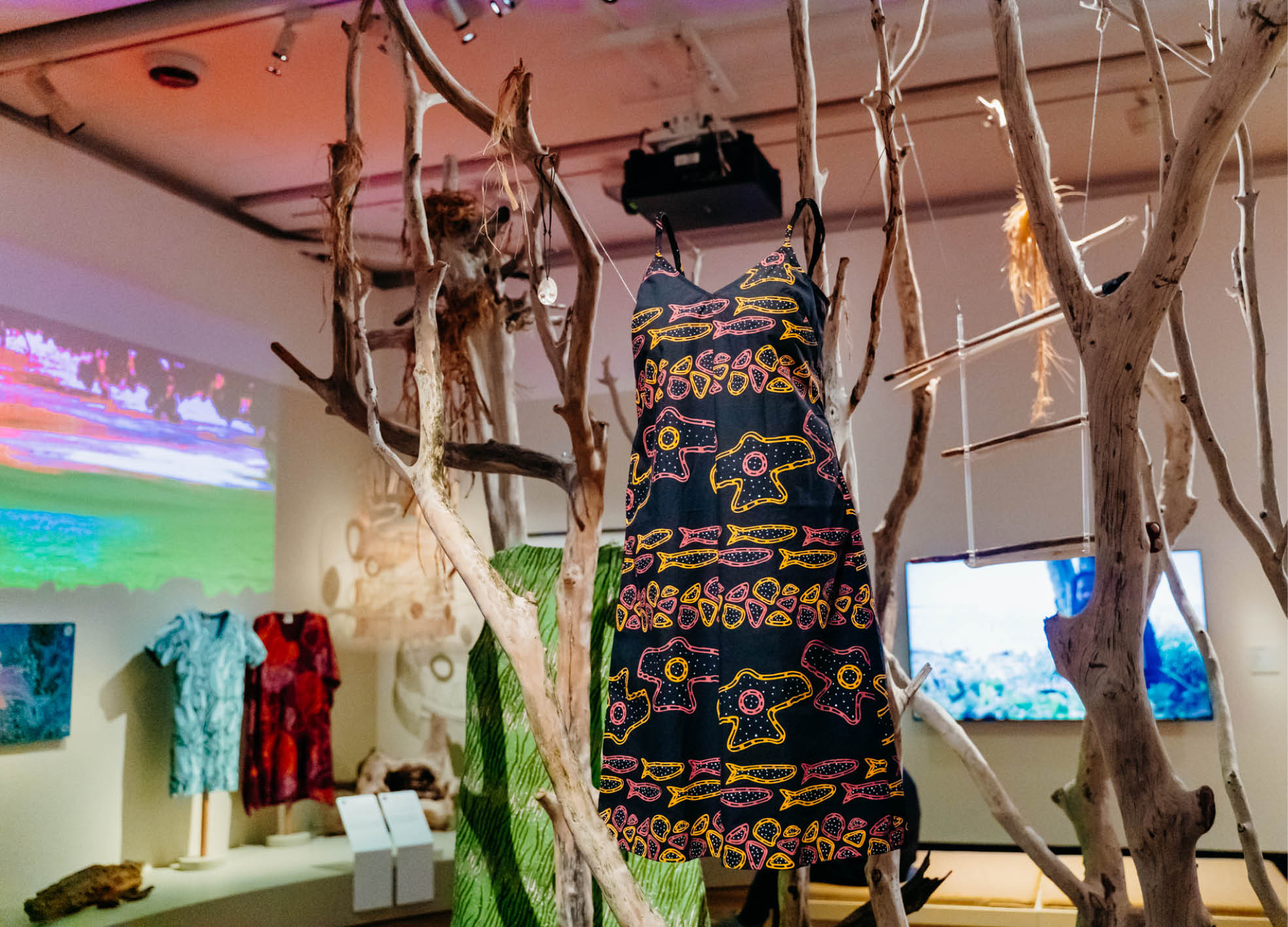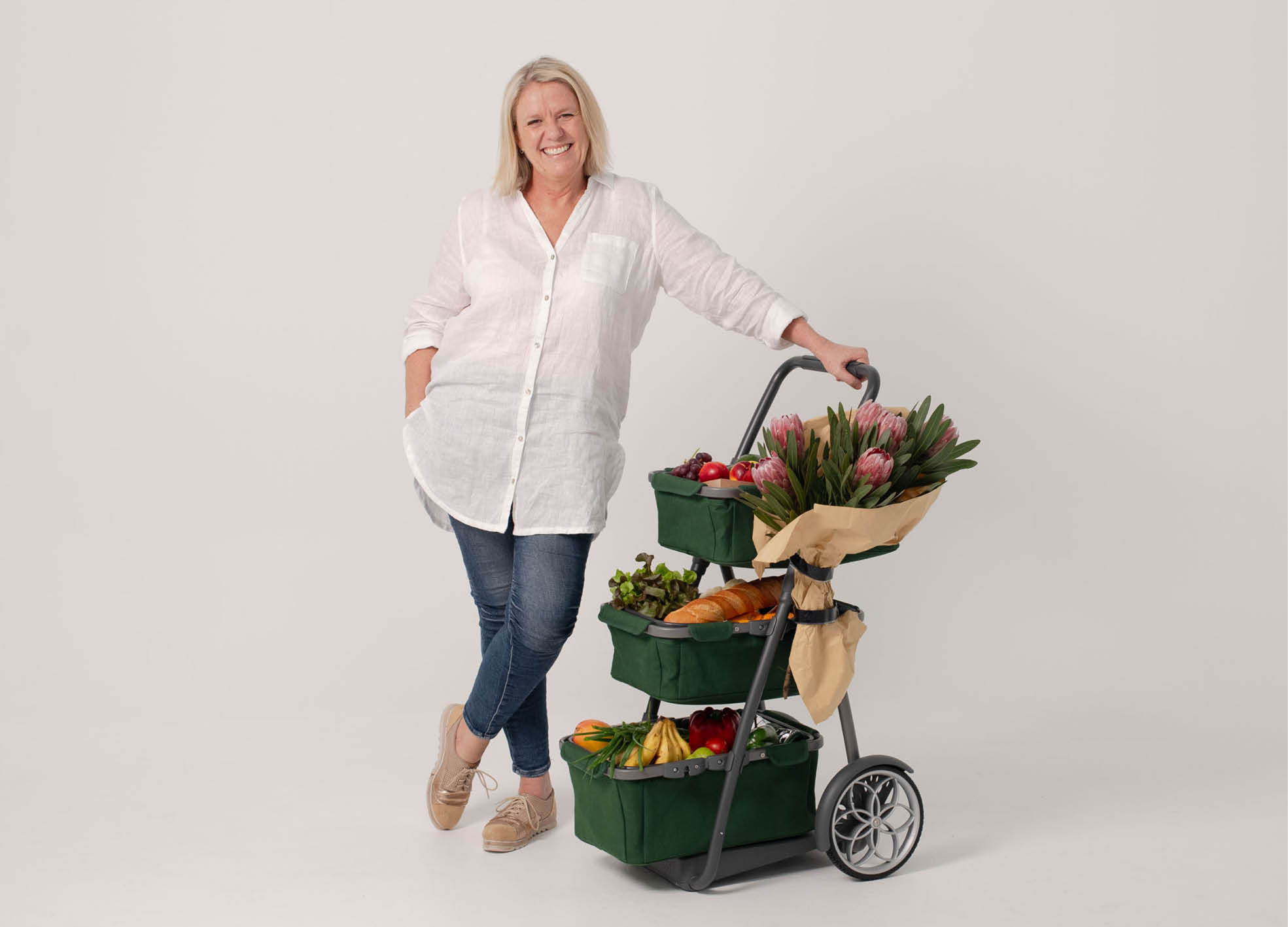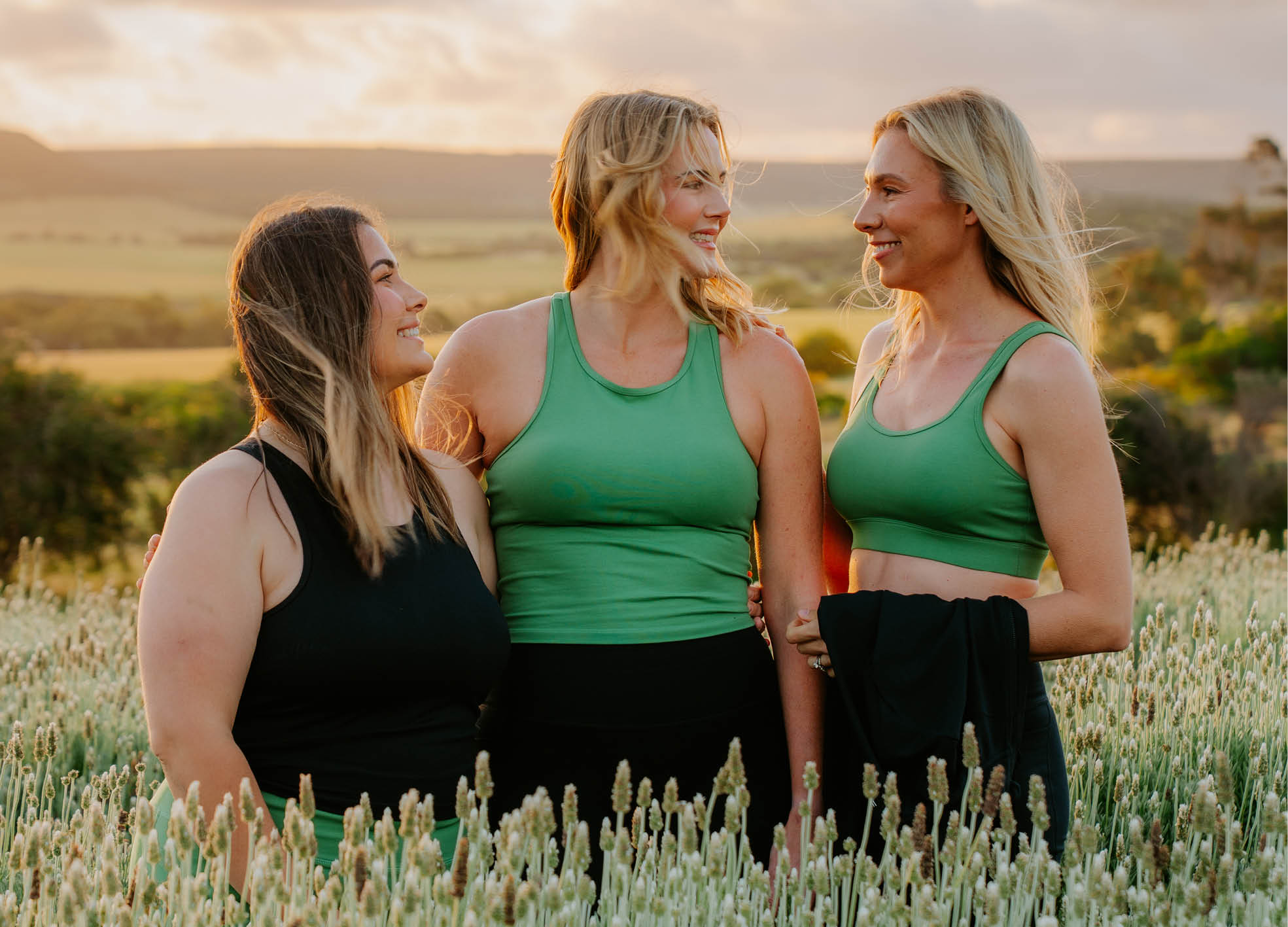Sustainable Stays: Peek Inside this Heritage-Listed Melbourne Hotel

- Words by Peppermint
photos CHOICE HOTELS
Far from home and living out of a suitcase, making sustainable choices can sometimes be a challenge when you’re travelling. But maintaining your values while saying bon voyage is not only doable, it can be accessible and even luxurious if you know where to look. Located in the heritage-listed, former Australian Railway Union building, the Alto Hotel on Bourke Street in Melbourne’s CBD was Australia’s first carbon-neutral hotel and now has a focus on being sustainably responsible – with the boutique space boasting a raft of green initiatives both in the overall fit-out and across the everyday details of the guest rooms.
We caught up with the hotel’s general manager, David Doswell, to learn about how Alto Hotel is staying true to its sustainable roots while looking towards the future.
Tell us a little about the history of the Alto Hotel…
Originally, it was the Railways Hotel, built circa 1860, and in 1914, it was purchased by the Victorian Railways Union, demolished and rebuilt. The architect AEH Carleton was very well-known in Melbourne around that time and the building is a typical example of his style (neo-Baroque or Palazzo). The Alto Hotel is actually heritage listed because of that and because it still has so many of its original features, including the blue brick and leadlight windows outside, and the terrazzo floor in the foyer. I think it enhances the guest experience being in a building like this – that has a story, a bit of history.
As well as its history, the other thing that makes the Alto Hotel so special is its focus on sustainability. It was the first hotel in Australia to receive the EarthCheck Gold Certification and it was Australia’s first carbon-neutral hotel. Why is it such a central part of everything the hotel does?
When the location was purchased by new owner Ricardo Krauskopf in 1999, he imagined it as the leading environmentally friendly hotel in Australia. So when they started renovating in 2005, he set up all these initiatives.
All our water from the roof is stored in a tank downstairs that’s used in the toilets. Air conditioners all use inverter technology with a six-star energy consumption rating, and the units have movement sensors so when there’s nobody in the room, they’re not used. The windows are also double-glazed to help with heating and noise. We have the flow restricted to eight litres per minute for all showers. All those sorts of things were done back in 2006, taking sustainability into account even then.
It enhances the guest experience being in a building like this – that has a story, a bit of history.
As the new custodians of the Alto, the last thing we want to do is move away from what the hotel has always been about. As the general manager, this is an opportunity. Essentially, all the hard work has already been done for me, I’ve just come in and done some finishing touches.
What extra sustainable touches should guests look out for on a visit?
The restaurant, the lounge and the library have just been redone (the restaurant is halfway there) and in that renovation, we recycled as much as we could. The tables are the original tables; we kept the old banquette. We’ve changed 50% of the lights in the restaurant to LED now. We’ve worked with Five Mile Radius for some of our tables. The bookcases are made using recycled or local wood from Victoria. The cushions are made from recycled plastic bottles.
If I’m going to do anything, the first thing I’m going to look at is how can I do it locally. I’ve always tried to bring in more of a local aspect. It’s more sustainable with less of a carbon footprint, and I love working with local artists and businesses! We’ve worked with ND Furniture, a Melbourne furniture design company that uses recycled timber and Spacecraft Store for art and design. Our tea is from a local partner called Love Tea. And we’ve worked with Rooftop Honey Melbourne, since around 2011 or 2012.
If I’m going to do anything, the first thing I’m going to look at is how can I do it locally.
I spent a whole year trying to find toiletries that could work with the volume we needed and the budget that were also produced locally. It wasn’t so much the cost of the toiletries itself as the cost of bottles that blew everything out of the water. Botany Naturals had everything we needed: they produce here in Melbourne, the product comes in refillable bottles and it’s all made with native ingredients, like finger lime.
All of this, it wasn’t that hard. It was a no-brainer – I didn’t see any other way of doing it. It’s also much more fun. The bit I enjoy the most is telling people about these wonderful artists – people are interested!
WANT MORE SUSTAINABLE TRAVEL CONTENT? RIGHT THIS WAY!
It can often be hard to practise sustainability when we’re travelling. What are your tips for travellers?
The one thing that people can do is bring their own water bottles. We have our refilling station downstairs and refillable glass bottles in the guest rooms and we also plan to sell our own refillable travel bottles from reception. We want to encourage people to use tap water as opposed to plastic bottled water.
I can’t tell you the response from people. They love it because it’s accessible and easy for them to do. Straight away they’re refilling that bottle – we’ve seen more and more people doing it. The more people realise that these things are possible, the more onboard they’ll be in regard to all these initiatives because they feel like things are moving forwards and are changing. If we can consistently highlight this message of sustainable responsibility and that that’s what we’re working towards, it can only be a good thing.
THIS ARTICLE WAS PRODUCED IN PARTNERSHIP WITH THE ALTO HOTEL – THE PEPPERMINT TEAM WERE GUESTS DURING A RECENT STAY IN MELBOURNE.
JOIN OUR MAILING LIST
Brighten up your inbox with our not-too-frequent emails featuring Peppermint-related news, events, competitions and more!
explore
More articles
Furred, feathered, fishy, scaled… The pets we choose are as diverse as our personalities. (And apparently, quite often we resemble each other.) But they all deserve to be cared for in ways guaranteed to keep them safe, healthy, and happy.…
When you hang a painting on a wall, the story stays put. But when you wear a beautifully made garment that may as well be…
We all do it: fire up the car for a 5-minute drive to pick up groceries, drop off sewing supplies, or run a quick errand…
Here’s a question: who decided that natural fibres aren’t a great fit in activewear? For Geraldton mum-of-four Jade Payne, that question became paramount after a…
It’s beginning to look a lot like Christmas! And around here, that means mindful spending and meaningful gifts that last. Sure, this approach requires a…
When the algorithm gods reward dance trends over hand-thrown ceramics, and building a website feels more stressful than a tax return, where’s a maker to…
Hang out with us on Instagram
IT’S HERE! 🎉
Our fabulous new website is now live. To say we’re excited about this is an understatement.
Last year we were extremely excited to receive funding from the Meta Australian News Fund, in partnership with the Walkley Foundation. The result is this incredible new website from the amazing Amy and Jenny at @CrumpetClubHouse - massive round of applause! 👏🏼👏🏼👏🏼
Early next year we’ve got a sustainable fashion and sewing directory coming after YEARS of wanting to make it happen - we’re still working hard behind-the-scenes on that.
Go have a play on our new website and let us know what you think! And while you’re there, snap up a subscription or a sewing pattern… perfect for the gifting season!
www.peppermintmag.com
#PeppermintMagazine #CrumpetClub #NewWebsite #WhoDis #ChristmasGifts #SupportSmallBusiness

“Crafting is something that has come naturally since I was small and I just haven’t stopped. When I was smaller, I was interested in the end result. As I’ve gotten older, I realise it’s the process that keeps me coming back to craft. It’s a meditative state for me and I find the repetitive action of the stitching and felting quite therapeutic.”
Craving a world filled with warmth and whimsy? It’s all in a day’s work for textile artist @Cat_Rabbit, whose latest book, ‘Trinkets’, is bursting with felty food friends to make and cherish. Cat invited us into her universe, filled with cheeky characters, layered storytelling and loads of humour.
Plus: try the super sweet pattern for Cat’s Lucky Pickle, perfect to make as a stocking stuffer, extracted from Trinkets.
Read more from our ‘Just felt right’ feature in Issue 64, at newsagents and stockists now!
Photos: Tatanja Ross @On_JacksonStreet and Cat Rabbit
#PeppermintMagazine #CatRabbit #LuckyPickle #Craft #Crafting #Felting #FeltCrafts #Trinkets #ChristmasDecorations

Our hearts go out to everyone impacted by the Bondi Beach violence, especially the Jewish community. Also to the beachgoers, those who bravely helped and the first responders.
While it`s easy – and understandable – to get caught up in the horror of it all and direct anger at certain groups, remember this quote from teacher and author Erin Gruwell: "Don`t let the actions of a few determine the way you feel about an entire group."
“You don`t fight racism with racism. You fight racism with solidarity," said Bobby Seale of the Black Panthers. And solidarity is exactly what we need right now.
If you are feeling overwhelmed, you are not alone. Remember there is much more kindness in the world than hate. ❤️🩹
@LifelineAustralia has created a Bondi Beach Incident: Wellbeing support guide, where you’ll find information about common reactions, reassurance that what you’re feeling is valid, and ideas for taking care of your wellbeing.
https://lifeline.org.au/bondi-incident
You can also call Lifeline on 13 11 14, text on 0477 13 11 14 or chat at lifeline.org.au/crisis-chat anytime, no matter how this has impacted you.
@BeyondBlueOfficial is also available with free 24/7 support by phone on 1300 22 4636 or webchat at https://www.beyondblue.org.au/
Register.Find.Reunite. has been activated by @RedCrossAu to help people reconnect with family and friends. Visit redcross.org.au to access the service.
@NSWPolice Public Information and Inquiry Centre (PIIC) is operating 24/7 on 1800 227 228 for information relating to people impacted.
@LifeBloodAu is supporting Sydney hospitals. O- and O+ blood are always in high demand in emergencies. To donate (from anywhere in Australia – all states are welcome and helpful!) call 13 14 95 or use the Lifeblood app.

Just a reminder… from @SugarHouseCeramicCo
This holiday season be kind, patient and shop local!
#ShopSmall #ShopLocal #SupportSmallBusiness

✨️ Our website is getting a glow-up! ✨️
Sorry for the inconvenience but it will be offline for a few days. You can still purchase subscriptions (perfect for chrissy presents!) via the links on the holding page.
Last year we were extremely excited to receive funding from the Meta Australian News Fund, in partnership with the Walkley Foundation. The result of this is a fabulous new website, with a sustainable fashion and sewing directory that will follow early next year. We`ve worked with the lovely Amy and Jenny at @CrumpetClubHouse who have been making the magic happen – we can`t wait to show you the outcome! ✨️
In the meantime, please get in touch if you need help with anything – hello@peppermintmag.com
We`ll see you on the other side! 🌈

🎀 12 DAYS OF XMAS GIVEAWAYS 🎀
🎄On the 12th day of Christmas, we’re giving away… a GREENPAN FROST ICE CREAM & FROZEN DRINK MAKER! 🎄
Ice, ice, baby! Calling all kitchen magicians and dessert devotees: it’s time to churn, blend and devour your way to frozen heaven. It’s our final giveaway – and hoo girl, it’s a goodie! Thanks to the clever folks at @TheOriginalGreenPan.Anz, one reader will cool their mitts on the Frost Ice Cream & Frozen Drink Maker – perfect for conjuring up home-made gelato, sorbet, smoothies, slushies and more!
Valued at $599, the Frost Ice Cream & Frozen Drink Maker is designed with GreenPan’s signature Thermolon™ ceramic non-stick coating, so you can whip up summer-ready sweet treats free of PFAS, PFOA, lead and cadmium.
To snag this frosty prize, follow @TheOriginalGreenPan.Anz and tag a friend in the comments below before midday AEST 15 December! (Australian and New Zealand addresses only, please.) Good luck!
Update: The lucky winner of our final giveaway is @just__for__van - congrats! We`ll dm to get your details. Well done! 🎉
#PeppermintMagazine #12DaysOfChristmas #12DaysOfGiveaways #GreenPan

